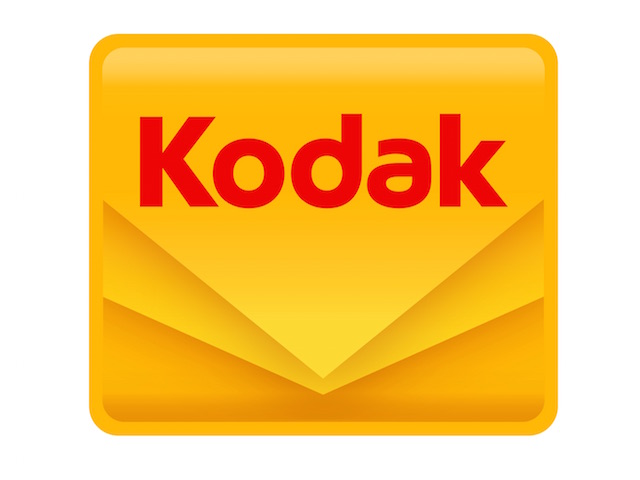On reading the Verge’s story that UK tough smartphone company Bullitt would realease a Kodak branded phone in the new year my first though was “Aren’t Kodak out of business?”
As it turns out Kodak are still in business having come out of Chapter 11 administration last year with the company focusing on commercial printing, cinematography and the odd bit of revenue from licensing out their name.
Bullitt on the other hand does that licensing with their main product being a range of tough smartphones marketed under the Caterpillar name which doesn’t seem to be a bad niche given the importance of connectivity to farmers, miners and construction workers.
It’s difficult though to see exactly what the Kodak name is going to bring to smartphones; the brand has long fallen out of favour and is irrelevant to today’s digital photographers, the only way conceivable way the Kodak name could be a selling point is if the devices offer something additional in the way of processing digital photographs or offers some advanced camera features.
From the media release that doesn’t seem to the be the case, however in a marketplace increasingly dominated by cheap Android phones having an additional selling point is useful in locking in higher margins.
Both Bullitt and Kodak though will both be happy for the publicity, in one way it’s good to know the brand is still around.


